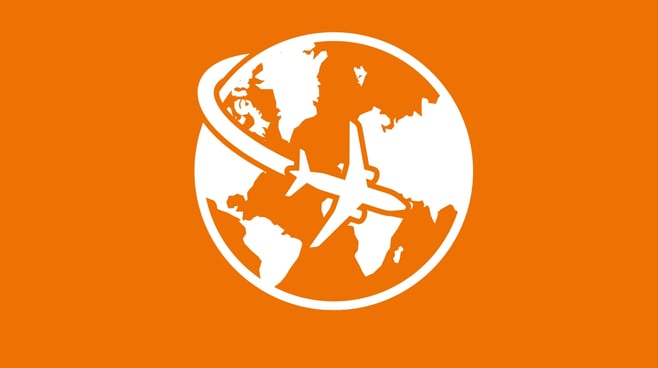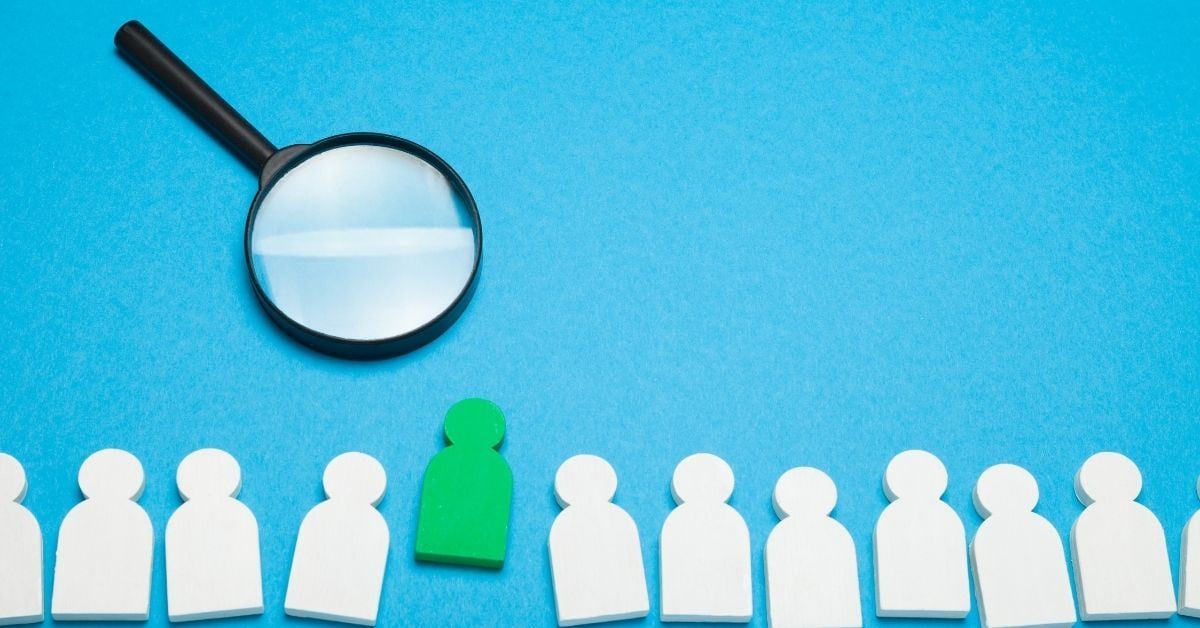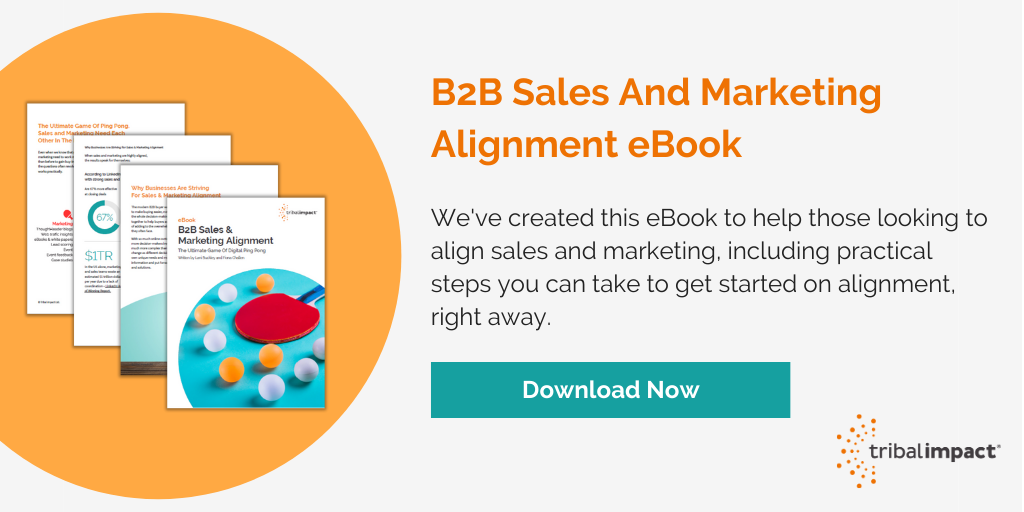
The pandemic didn’t just leave scientists grappling with a race against time to turn a 10-15 year vaccine development process into just one. B2B organisations were also left with no choice but to rapidly accelerate their digital capabilities and offer a slick and personalised customer experience. Or else find themselves wallowing in the quagmire whilst their more ‘digital’ competitors overtake them.
According to the McKinsey Global Survey of executives, July 2020, companies have accelerated the digitisation of their customer and supply-chain interactions and of their internal operations by three to four years.
In this series of blogs, I’m looking at what’s needed today to provide a great Customer Experience that buyers and existing customers are delighted to do business with!
Firstly, I covered why Fans like Frictionless interactions. Next week I’ll cover Functions of responsibility (Whose job is it anyway?)
Today I'll cover how to design great customer journeys that keep you relevant with today’s B2B buyers, who now demand personalised customer experiences like they receive in B2C.
Why A Personalised B2B Customer Experience Matters More Than Ever
Before the pandemic, the B2B buyer journey had already evolved enormously into a fluid process with more decision makers, more budget pots - and no clear road map for sales and marketing to follow.
Creating content that stood out in the sea of freely available content was already much harder - never mind creating content that helps buyers move forward.
“The typical buying group for a complex B2B solution involves six to ten decision makers‚ each armed with four or five pieces of information they’ve gathered independently and must deconflict with the group.” Gartner: CSO Update 2019: The New B2B buying journey and its implications for sales
Then in 2020, B2B businesses had no choice but to try to adapt digitally to enforced remote working and a lack of physical events. And as they did so, their buyers were experiencing even slicker consumer experiences online – upping their expectations in their professional lives even further.
Discover how to create content that helps, not hinders with our eBook: How to Create a Customer-Centric Business Through Inbound Marketing

How To Use Your CRM And Data To Design A Constant Feedback Loop
Continual data collection, segmentation and automation are the backbones of eCommerce marketing strategies and we need to adopt the same approach. Creating buyer personas and customer journey maps are the start but we need to move past that and use our CRM and data to finetune our strategy based on continual customer feedback.
Here’s how:
1. Use Customer Interviews And Feedback To Generate Deeper Insights
When you build your buyer personas and map out your customer journey it's essential to interview real customers to discover what they really think and need. Aim for 5-10 interviews to build 3-4 buyer personas.
These interviews will give you much deeper insights than your website and third-party data alone. You can use them to learn:
- About their behaviours, motivations, thoughts, feelings, actions they take along the way.
- Which digital touchpoints do they use along the way? Which communication channels?
- What pain points do they experience?
2. Use Your CRM To Build “Working Hypothesis "Personalised Experiences
With the data you’ve collected, you can begin to build out personalised customer journeys within your CRM according to:
- Their buyer persona
- Industry
- Buying cycle stage (as it changes)
- Content format preferences
- Communication preferences for each stage
- Even their company
3. Test Your Assumptions As They Interact With Your Website And Teams
This is where the fun begins! Sometimes what our customers tell us they want is different isn’t accurate – or it changes.
Customers now share questions, feedback, frustrations, and praise across millions of digital engagements with us, such as:
- Website interactions
- Live chat
- Contact centre data
- Chat bots
- Phone calls
- Feedback surveys
These can be a goldmine of information that can help you finetune your overall customer experience.
- What common FAQs could you address with content? If you already have it, is it too difficult to find or hard to understand?
- What are they discussing with your sales teams right now? Is there a content gap?
- What do their actions show is their preferred communication channel at each stage?
- What areas of your service do they think set you apart?
- What areas do they believe need improving?
- Do customer service feedback ratings suggest a training need?
- Is your pricing clear?
4. Personalise The Experience Even Further
The next level of personalisation happens when you tag each of the digital interactions so that each customer receives what they need right now, as it changes.
For example, a sales call may show that a prospect has moved back to the awareness stage. Trying to force decision-stage content would therefore not be appropriate.
Or the data may show that a contact now meets the criteria for a high-value prospect/customer. Sales and marketing may decide to invest the time to create one-to-one content. Or perhaps an exclusive event invite is now needed?
Although the rate of digital acceleration can be alarming, the silver platinum lining is that it’s now easier than ever to create highly personalised customer experiences. One that we would want to be on the receiving end of. And one that creates the loyal army of fans that bring repeat business and referrals I mentioned in my last post.
To do so, every department needs to align around the customer and play their role, which I'll discuss in my next post.


